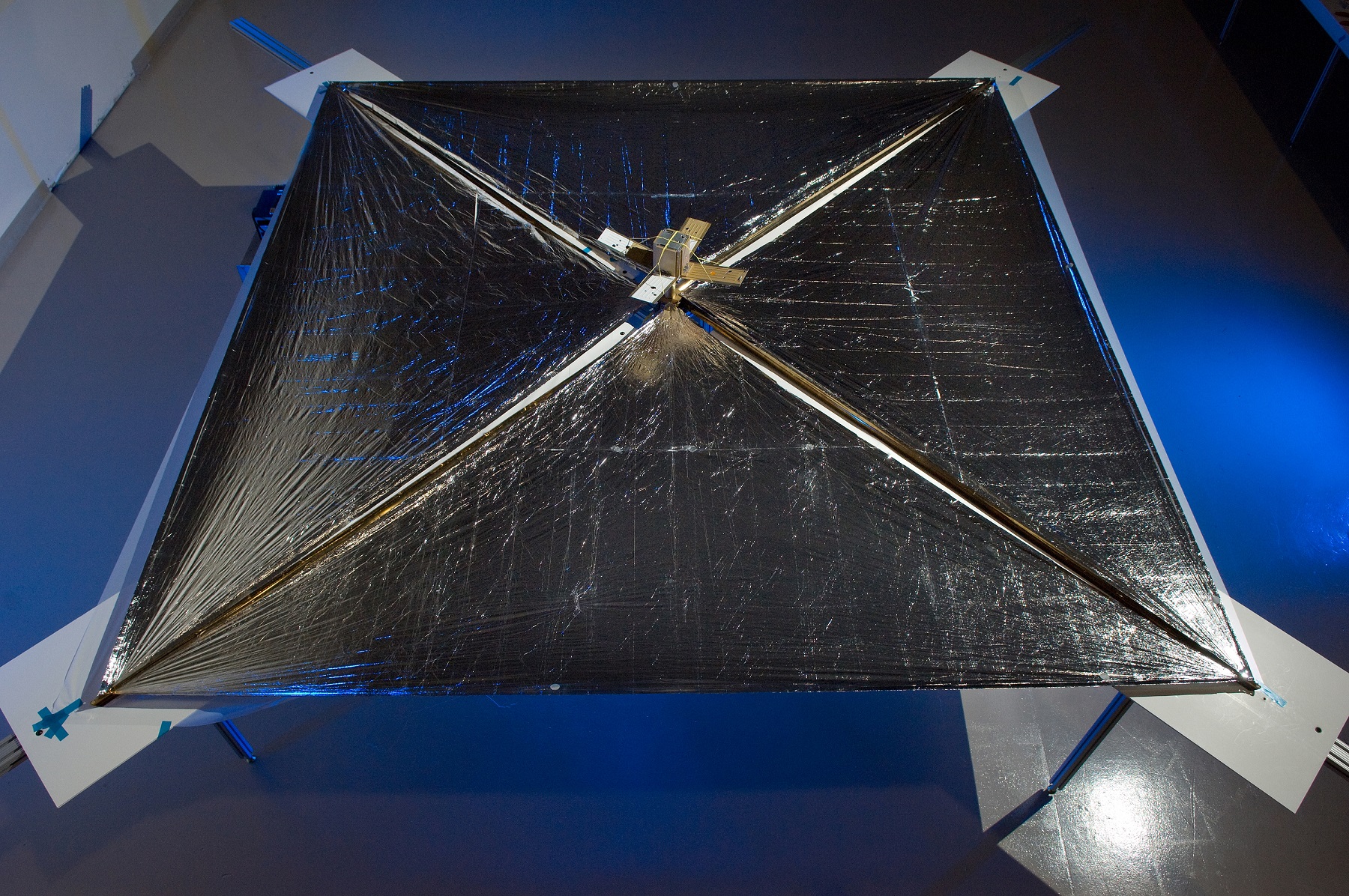I have been blogging about propulsions systems lately. All things being equal, we would like to move through space as quickly as practical because the longer a journey takes, the more exposure of a human crew to health damaging radiation, the more negative health effects of zero gravity and the more food and water required for the journey.
Lately there has been a lot of talk about visiting Mars. One benchmark for propulsion systems is how long it would take to travel to Mars. With current propulsion systems, NASA says that it will take about six months to get to Mars. There are other propulsions systems being developed that could get a manned expedition there more quickly.
Science fiction has been full of light propulsion systems for decades. Often the sun itself provides the push for the sail but giant Earth-based and space-based lasers have also been used in stories. Light based propulsion has been tested with small sails and tiny payloads and has been shown to work as expected. Laser sail propulsion is simpler than solar sail propulsion because the frequency band of the light is very narrow and it is easy to develop a sail that reflects almost all of the light and absorbs very little.
There has been a lot of research and development in recent decades to make lasers ever more powerful. If lasers can be made powerful enough, they can be used as weapons, triggers for nuclear fusion and space propulsion. Because there are big problems with scaling up single lasers to high power, one popular current approach is to make an array of lasers which can be fired in phase and aimed at the same target. In order to propel a spacecraft, an Earth-based array of lasers could be built that could project megawatts of energy at the sail attached to the craft that would be already be in Earth orbit.
A NASA scientist named Philip Lubin has been working on a system that would utilize a giant array of Earth-based lasers to propel spacecraft attached to a light sail to Mars. He claims that such a system could carry a small space probe to Mars in a matter of days. A manned space mission could get to Mars in thirty days. Lubin and his team have received a proof-of-concept grant from NASA to pursue his ideas under a project named DEEP-IN.
While laser propulsion sounds good, there are some technical hurdles that must be overcome in order for it to become a practical way of propelling spacecraft. In order for the lasers to deliver their light to the sail, they have to collimated very precisely which will be difficult. The next problem is the fact that the spacecraft would be difficult to steer. There would need to be some system that could change the orientation of the sail. Then there is the question of how to decelerate such a craft once it had reached its destination. One system for deceleration is to have concentric rings of sail. Approaching the destination, a central disk could detach from the circular sail and the large outside ring could be used to focus light on the back on the central circle which would cause it to slow down. And, in addition to the technical problems that will have to be solved, there is the fact that the laser array would be very expensive to build and maintain.
While the idea of laser propulsion may be attractive in the abstract, it will be decades at the very least before it is a practical way to send significant payloads through space. Even tiny space probes propelled by light are far in the future. If the technical challenges can be met, lasers may someday propel probes out of the solar system at significant fractions of the speed of light. Laser arrays build in space could use solar energy to generate extremely power beams.
NASA NanoSail-D:
